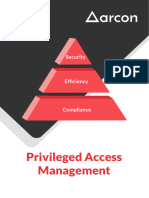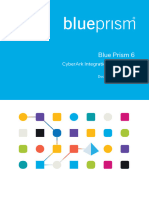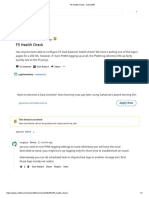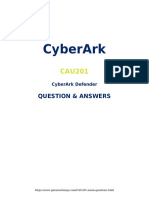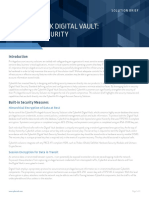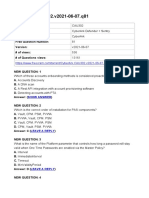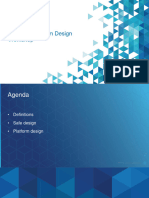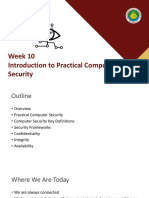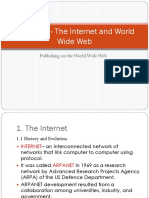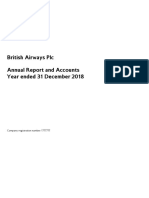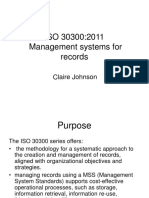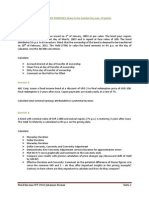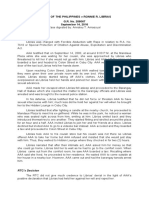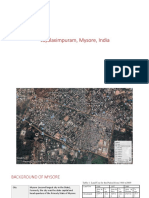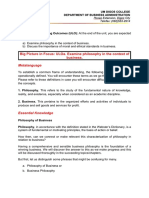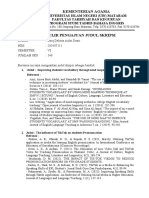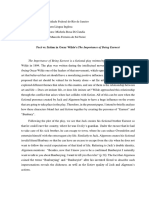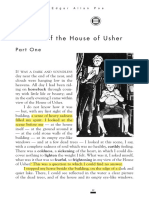0% found this document useful (0 votes)
137 views28 pagesPAS-ADMIN Access Control
The document describes how to design an access control model for CyberArk by defining a safe model and naming convention. It explains that a safe model groups passwords and defines who has access. When defining the model, questions about user types, data sensitivity, and compliance are considered. A naming convention uses a layered structure of designations like environment, location and account type. Examples show how names indicate a production Windows safe for local admin accounts in Boston. The document also provides a sample safe design for a company with multiple data centers and platform teams requiring approval for SOX-compliant servers.
Uploaded by
Shahbaz ShaikhCopyright
© © All Rights Reserved
We take content rights seriously. If you suspect this is your content, claim it here.
Available Formats
Download as PDF, TXT or read online on Scribd
0% found this document useful (0 votes)
137 views28 pagesPAS-ADMIN Access Control
The document describes how to design an access control model for CyberArk by defining a safe model and naming convention. It explains that a safe model groups passwords and defines who has access. When defining the model, questions about user types, data sensitivity, and compliance are considered. A naming convention uses a layered structure of designations like environment, location and account type. Examples show how names indicate a production Windows safe for local admin accounts in Boston. The document also provides a sample safe design for a company with multiple data centers and platform teams requiring approval for SOX-compliant servers.
Uploaded by
Shahbaz ShaikhCopyright
© © All Rights Reserved
We take content rights seriously. If you suspect this is your content, claim it here.
Available Formats
Download as PDF, TXT or read online on Scribd
/ 28


















